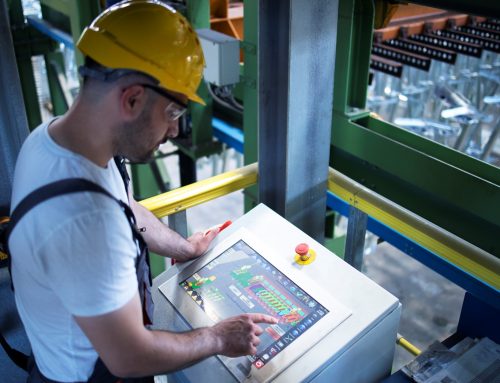Discover the main steps to implement an efficient lean production system and how they can improve your company’s results.
Have you heard of lean production? This concept has revolutionized the industry and has become mandatory for companies aiming for results. But what is it? Lean production is, in essence, a production without any waste.
However, since achieving zero waste is impossible within a company, lean production can be seen as a production focused on minimizing waste, delivering what the customer wants, when they want it, and doing it right the first time.
But how do you implement an efficient lean production system? What are the steps and the importance of each of them? In this article, we will show you the main steps for implementing an efficient lean production system and how they impact production and overall management of companies. Let’s get started?
Step 1: Preparation
In this phase, the goal is to understand the factory layout, define the area to be mapped, map the processes, obtain the current state value stream map, collect initial production indicators, and define improvement actions for the next phase.
In this initial stage, which is essential for implementation, a few actions need to be taken:
- Visit the production area and observe the physical conditions, equipment, materials, flows, and available spaces.
- Choose the area that will be the subject of study and intervention, considering criteria such as relevance, impact, feasibility, and urgency. This step is important to define the project scope (its limits) and the necessary resources.
- Describe the activities that make up the production process, from input of materials to product output.
- Create a graphical map of the current production process flow, using standardized symbols to indicate information and material flows. Here, you can record cycle times, inventory, bottlenecks, and waste.
- Measure and record performance indicators of the current production process, such as productivity, quality, capacity, efficiency, availability, reliability, and flexibility.
- Define improvement actions for the next phase by developing an action plan with proposed improvements for the production process, based on the analyses conducted in the previous steps.
We can say that this is the most important step because it provides the foundation for the subsequent phases related to execution and monitoring.
Step 2: Intervention
In this phase, the goal is to apply selected lean tools to eliminate or reduce the waste identified in the production process. These tools are methods that simplify processes and eliminate waste to achieve greater productivity. Here are some of them:
- 5S: a method to organize the work environment by eliminating excess materials, dirt, and disorder.
- Kanban: a visual system to control workflow, avoiding overproduction and excess inventory.
- TPM: Total Productive Maintenance, which aims to ensure equipment availability and reliability.
- Jidoka: autonomation, allowing operators to stop the process when abnormalities occur.
Step 3: Monitoring
After implementing the actions, establish a visual management board to monitor the results obtained in the production line after the application of lean tools. This visual tool allows communication of relevant information for process management, such as goals, indicators, action plans, problems, and solutions. It should be regularly updated and accessible to all involved in the process.
Step 4: Results Presentation
This final step is used to present the indices and results obtained after the implementation of lean tools, comparing them with the indices and results of the current state. This comparison allows evaluating the degree of improvement achieved and the return on the project investment.
Implementing an efficient lean production system involves different steps, actions, and tools. But with proper planning and monitoring of indicators, it is possible to achieve remarkable results.
Looking for an asset management tool to assist you in lean production implementation? Request a demo of Manusis4!






Leave A Comment